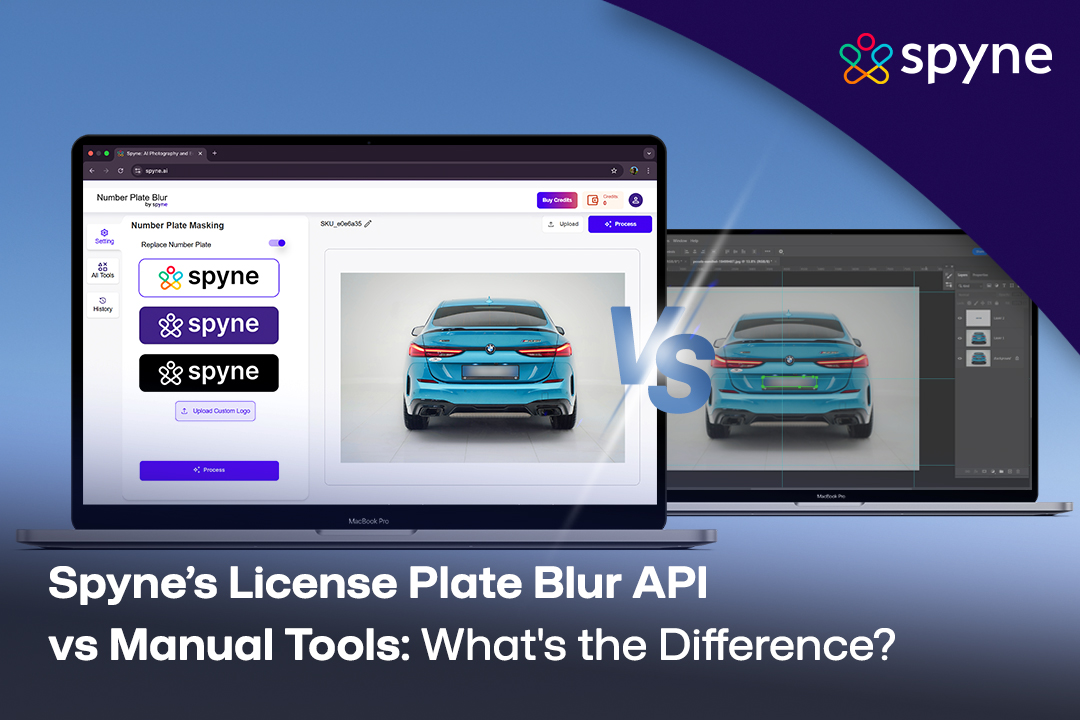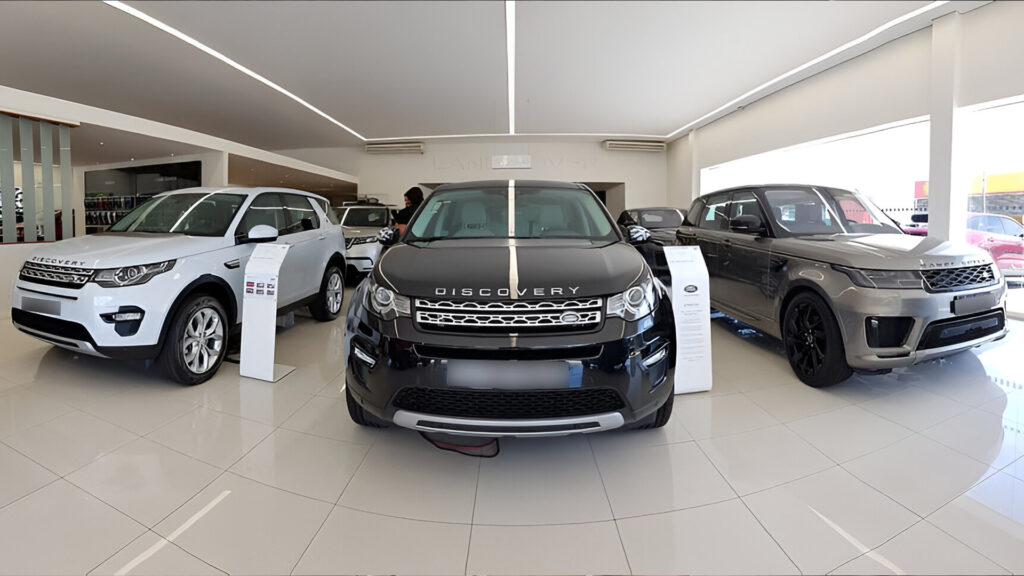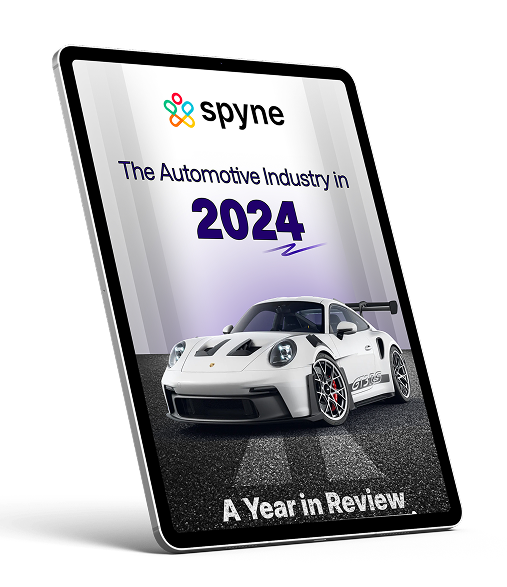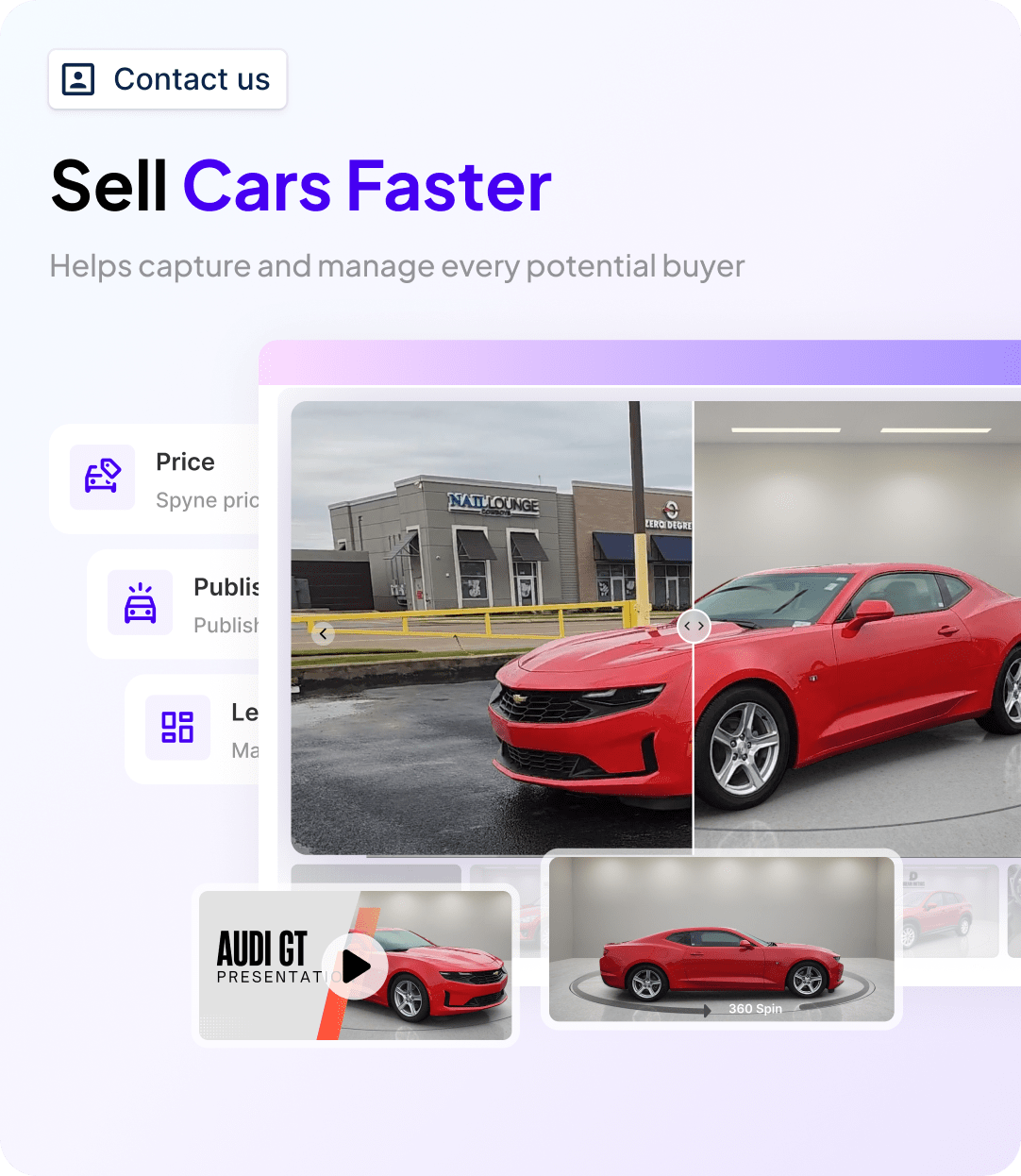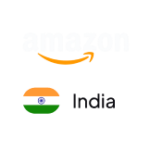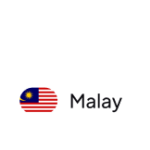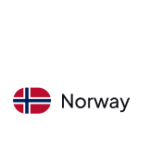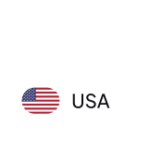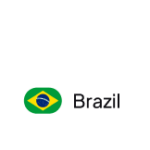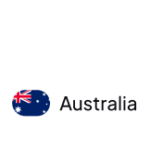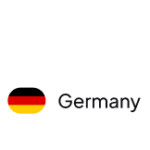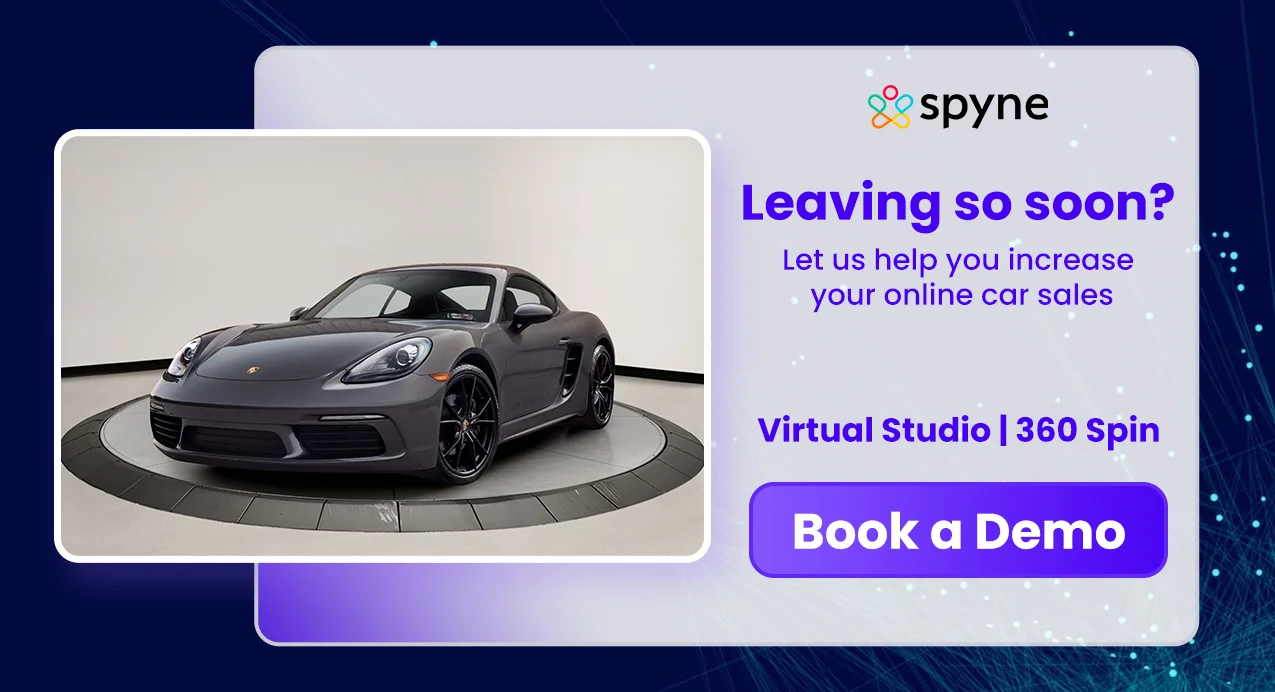Data privacy and visual security mean the world to businesses that deal with visual content. One of the biggest concerns that arises? Blurring license plates in images and videos before the content gets published online. Whether it is for vehicle dealerships, real estate projects, traffic monitoring, drone footage, or something else, obfuscation of license plates is crucial. Now, one question remains that leaves people at a crossroads. Should they opt for Spyne’s automated license plate blur API or stick to manual editing? Let us dive deeper into the license plate blur API vs manual debate to understand the differences, strengths, and weaknesses of both options and come up with a solution that might suit your needs.
Understanding the Basics: What is License Plate Blurring?
Wait. Before we delve into the two tools, let us understand what license plate blurring involves.
When you apply a filter or pixelation to a car’s number plate in photos or videos, it is called license plate blurring. The blurring should be done in a way that it is not visible to the eye at all. This practice helps in keeping the owner’s profile private, complying with legal requirements, and avoiding any misuse of private information.
Now that we know what our goal is, let us compare how Spyne’s automation helps versus how traditional manual methods help.
What is Spyne’s License Plate Blur API?
Spyne’s License Number Plate Blur API is an AI-driven solution that helps automatically detect and blur license plates in any digital visual media, such as photos or videos. It utilizes advanced computer vision algorithms to detect license plates, regardless of the camera angle, lighting, and background.
This API is particularly popular among:
- Automotive marketplaces
- Drone service providers
- Security & surveillance agencies
- Real estate photographers
- Content creators on YouTube and social media
Spyne’s API integrates easily with other platforms, providing real-time or batch processing at scale. No more scrubbing through hours of footage or image files manually.
Manual License Plate Blurring Tools
Manual tools for license plate blurring are the traditional route. These include software like:
- Adobe Photoshop
- Final Cut Pro
- Adobe Premiere Pro
- GIMP
- Online photo editors (Canva, Fotor, etc.)
To use these tools, you just need to
- Open the image or video.
- Locate each license plate manually.
- Apply a blur or pixelation effect.
- Save/export the final file.
This process is rather time-consuming and prone to errors. More so if you are dealing with bulk data.
Key Differences: License Plate Blur API vs Manual
Let’s explore the key differences between Spyne’s License Plate Blur API and manual methods in terms of efficiency, accuracy, scalability, and cost.
1. Efficiency
- Spyne API: Highly efficient. It processes hundreds (even thousands) of images or video frames in seconds. It’s ideal for businesses dealing with high-volume media.
- Manual Tools: Sluggish. Each image or video must be handled one at a time, which drains hours or days from your schedule.
Winner: Spyne’s License Plate Blur API
2. Accuracy
- Spyne API: AI-powered models are trained based on different datasets. These have a high rate of identifying license plates, even when they are present under poor lighting or uncanny angles.
- Manual Tools: The accuracy is primary dependent on the skill the user has in using the tool. Even trained professional can miss a plate if it is hidden partially.
Winner: Spyne’s License Plate Blur API
3. Scalability
- Spyne API: Perfectly scalable. No matter how many images you have, 10 or 10,000, Spyne takes care of all of them with the time increasing a little.
- Manual Tools: Manual tools aren’t scalable at all. The more images you have, the more time and manual work it needs to get done.
Winner: Spyne’s License Plate Blur API
4. Customization and Control
- Spyne API: Offers API settings to control blur intensity, file formats, and output resolutions. Great for businesses with predefined brand or quality standards.
- Manual Tools: Gives full artistic control, but comes at the cost of time and effort.
Winner: Tie, depending on your need for automation vs creativity.
5. Cost
- Spyne API: Costs vary by usage (number of API calls), but it’s generally more cost-effective for businesses that require bulk processing.
- Manual Tools: The initial software cost might be a one-time payment or subscription, but the hidden cost is labor. For businesses, time equals money.
Winner: Spyne’s License Plate Blur API (especially for larger workloads)
6. Consistency
- Spyne API: Produces consistent results across all images and videos. No fatigue, no oversight.
- Manual Tools: Consistency can suffer over time, especially when handled by different people or under tight deadlines.
Winner: Spyne’s License Plate Blur API
Real-World Use Cases: License Plate Blur API vs Manual Tools
Automotive Dealerships
Imagine uploading 1,000 vehicle photos daily to an online marketplace. Using a manual tool for this is simply not practical. The license plate blur API vs manual comparison here is a no-brainer, Spyne’s API wins hands down.
Real Estate Drone Footage
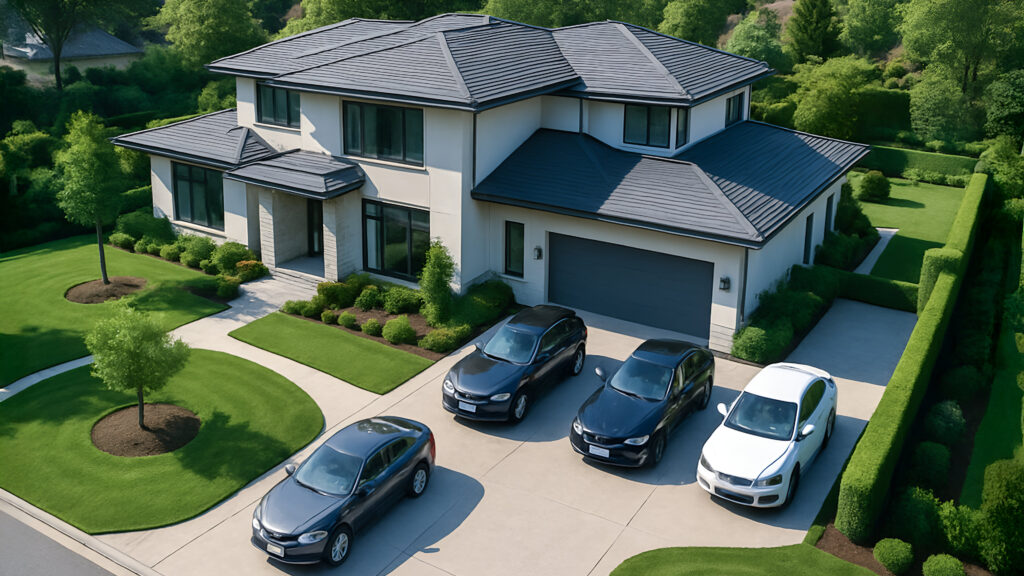
Drones often capture wide-angle shots with dozens of cars in a single frame. Finding and blurring each license plate manually? That’s an editing nightmare. Again, an API-based solution or using the best license plate blur tools is not just faster but more reliable.
Content Creators

Bloggers and vloggers occasionally and unintentionally capture license plates. Utilizing an API can help with privacy during post-production, whereas doing it manually will require hours of labor.
SEO and Legal Implications
If you are wondering about why blur license plate, to tell you the truth, blurring license plates isn’t only about ethics but can also be a legal requirement. This is especially relevant in countries with laws regarding car dealership license plate privacy, such as the CCPA in California and the GDPR in Europe.
Publishing an image or a video online without hiding private information can land you in a lot of trouble, like lawsuits or regulatory penalties. An automated tool, such as Spyne’s License Plate Blur API, greatly decreases the risk.
Moreover, search engines favor content that adheres to legal and ethical standards. This is why you should invest in proper blurring tools that can improve your brand’s credibility and SEO.
When Should You Still Use Manual Tools?
While Spyne’s API is a great automated solution, manual tools still hold a place in special situations, such as when you have a one-off project with only a few images to edit. There might be some special cases when artistic control and selective blurring are needed, or you might need a manual solution when you don’t have access to cloud-based options. Whereas, when you want a tool that is favorable commercially or when you have a high-volume project, you should lean towards the automated side of things.
Conclusion: Who Wins the License Plate Blur API vs Manual Debate?
When we have a battle between the license plate blur API vs manual methods, the clear winner is Spyne’s license plate blur API. It offers great advantages in accuracy, scalability, and efficiency.
Manual tools are good to use when you have ample time on your hands, but when you’re low on time and have a high volume of media to blur, Spyne’s License Plate API has the upper hand.
If you have a business that needs a steady flow of visual content with high speed and accuracy, a smart decision would be to use Spyne’s API.
Please remember that when it comes to the debate on license plate blur API vs manual methods, the go-to solution should be one that makes you work smarter and not harder.

